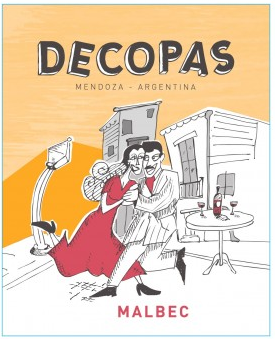 Thanksgiving is less than a week away! That means we all need some wine to serve our guests or ourselves, preferably both. Spending top dollar to get good wines is fairly simple. Finding value driven offerings that get the job done is a bit more challenging. Here are some delicious selections that will work well for your Thanksgiving meal. With one exception they all clock in under $25. Even at lower price points it’s nice to have one splurge wine to consider.
Espirit du Rhone 2013 Cotes du Rhone AOC ($11.99)
Thanksgiving is less than a week away! That means we all need some wine to serve our guests or ourselves, preferably both. Spending top dollar to get good wines is fairly simple. Finding value driven offerings that get the job done is a bit more challenging. Here are some delicious selections that will work well for your Thanksgiving meal. With one exception they all clock in under $25. Even at lower price points it’s nice to have one splurge wine to consider.
Espirit du Rhone 2013 Cotes du Rhone AOC ($11.99)
This wine blends together Grenache (60%), Syrah 30%), Carignan (5%), and Cinsault (5%). 1,000 cases of this wine have been imported to the US. Hints of anise and rhubarb aromas present on the nose here. The palate is studded with purple fruits, dry currants and Montmorency cherry. Bits of finely ground espresso join nutmeg and cinnamon on the finish. Medium tannins soften with a little bit of air. This acid rich, food friendly wine will pair with everything on your Thanksgiving table.
Decopas 2013 Malbec ($12)
All of the fruit for this wine comes from the Mendoza region of Argentina. It’s comprised entirely of estate bottled Malbec. This deeply colored hue of this wine is striking in the glass. Plum, violet, and a little hint of vanilla bean wafts from the appealing nose. The palate is loaded with sumptuous and juicy black fruit flavors such as blackberry and raspberry. Bay leaf characteristics, sour black cherry and a hint of dark chocolate mark the lip smacking finish. Decopas Malbec will pair well hard cheeses, meat based stuffing, ham and the bird itself. Decant this one for an hour and it’ll really pop.
Esporão Verdelho ($12.99)
The fruit for this wine was sourced from vines with an average age of 10 years on them. It’s composed entirely of Verdelho. It was fermented in a temperature controlled environment, stabilized, filtered and bottled without any oak influence. Hints of lemon and lots of fleshy yellow melon jump from the nose here. The palate has loads of green apple flavors, more citrus and lemon characteristics, as well as a dollop of white pepper. Grapefruit and lemon zest light up the crisp and refreshing finish. Hand your guests a glass of this when they walk through the door on Thanksgiving, they may drink it all day and never switch to red.
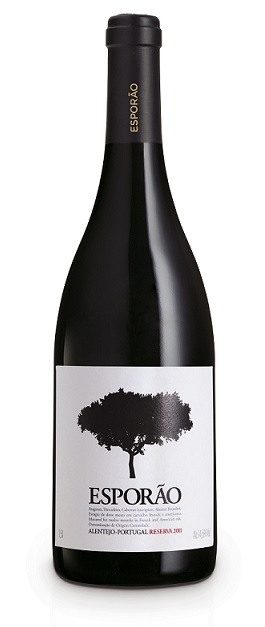 Georges Dubeouf Chateau les Capitans Julienas 2011 ($18.99)
Georges Dubeouf Chateau les Capitans Julienas 2011 ($18.99)
All of the fruit for this wine was picked by hand. It’s composed entirely of Gamay. It was fermented in a temperature controlled environment using native yeast. Red cherry and cranberry fill the nose along with hints of toast. A cornucopia of dried red fruits and savory spices fill the flavorful, medium bodied palate. The finish lingers with continued red fruits, black tea, minerals and warming spices. This wine is tasty on it’s own but really shines with food.
Esporão Reserva Red ($24.99)
This offering blends together Aragonês, Trincaeira, Cabernet Sauvignon and Alicante Bouschet. Each grape was harvested and vinified separately. Barrel aging occurred over 12 months in American (70%), and French (30%) oak; 12 months of bottle aging followed prior to release. This red blend has a beautiful deep, dark purple color. Red and black fruits mix with copious spices on the welcoming and heady nose. There’s an inherent earthiness that leads the palate. Red and black fruits join in along with lots of spices. Cherry, strawberry, and black pepper are all joined by bits of roasted coffee bean on the above average finish. This wine has medium tannins and terrific acidity. Esporão Reserva Red is just begging to be paired with food. It’ll excel with just about anything you throw at it, making it a natural for the day of the bird.
Flora Springs 2012 Napa Valley Cabernet Sauvignon ($40)
All of the fruit for this wine came from Napa Valley. In addition to Cabernet Sauvignon (95%), small amounts of Malbec (3%), and Petit Verdot (2%) were also blended in. It was aged over 22 months in a combination of French (71%), and American oak (29%). Black Currant, cherry and Mexican Vanilla bean aromas are omnipresent on the nose. Black cherry with a splash of a liqueur dominates the palate which is plush and lush in its easy drinking, smooth nature. Crushed velvet, continued black and red cherry, earth, espresso and chicory are all present on the finish along with a hint of bitter chocolate. This is a fine example of Napa Valley Cabernet that drinks impeccably right out of the bottle. It does down easy and also has good depth and complexity.









 Father’s Day is around the corner, so it’s time to get
Father’s Day is around the corner, so it’s time to get  Thanksgiving is less than a week away! That means we all need some wine to serve our guests or ourselves, preferably both. Spending top dollar to get good wines is fairly simple. Finding value driven offerings that get the job done is a bit more challenging. Here are some delicious selections that will work well for your Thanksgiving meal. With one exception they all clock in under $25. Even at lower price points it’s nice to have one splurge wine to consider.
Espirit du Rhone 2013 Cotes du Rhone AOC ($11.99)
Thanksgiving is less than a week away! That means we all need some wine to serve our guests or ourselves, preferably both. Spending top dollar to get good wines is fairly simple. Finding value driven offerings that get the job done is a bit more challenging. Here are some delicious selections that will work well for your Thanksgiving meal. With one exception they all clock in under $25. Even at lower price points it’s nice to have one splurge wine to consider.
Espirit du Rhone 2013 Cotes du Rhone AOC ($11.99) Georges Dubeouf Chateau les Capitans Julienas 2011 ($18.99)
Georges Dubeouf Chateau les Capitans Julienas 2011 ($18.99)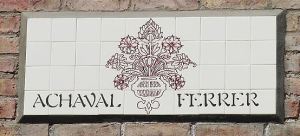
 One of my favorite things about covering wine is the opportunity to hang out with winemakers. It’s a lot of fun and also a relief when there’s someone in the room who’s more of a geek about fermented grape juice than I am. The last few years I’ve been really impressed with the offerings being put out by
One of my favorite things about covering wine is the opportunity to hang out with winemakers. It’s a lot of fun and also a relief when there’s someone in the room who’s more of a geek about fermented grape juice than I am. The last few years I’ve been really impressed with the offerings being put out by  European wine can be intimidating to wine drinkers for a variety of reasons. Those with an interest in wine but who aren't total geeks about it don’t necessarily know the nuances of labeling and what might be in a particular bottle due to it generally listing region as opposed to varietal content. Stylistically many old world wines are often subtler than their new world counterparts and it can take time for palates to come around to the layered charms of those often elegant offerings. In contrast to all of that Domaines Paul Mas from the Languedoc region of France has some releases that are labeled in such a way that even the budding wine lover can easily discern contents. Additionally they are making wines that bridge the gap in style between the old and new worlds. Here’s a look at three of their current releases.
The Paul Mas 2011 Estate Pinot Noir is a single vineyard effort. All of the fruit for this wine came from their St. Hilaire Vineyard located in the Languedoc Region. This offering is 100% Pinot Noir. After maceration the fruit was fermented in a temperature controlled environment for approximately 9 days. Aging took place over 6 months in stainless steel, followed by 2 months in bottle prior to release. This wine has a suggested retail price of $14. Aromas of Strawberry and red cherry fill the nose of this Pinot Noir along with secondary characteristics such as mushroom. Those red fruit characteristics carry through the palate which is towards the more substantial side for Pinot Noir. Minerals, spice and earth are all in strong evidence on the finish which has good length. Medium tannins and zippy acidity lend to a nice backbone and structure here. This is a Pinot from the old world that shows off new world flavors while still being proportionate.
European wine can be intimidating to wine drinkers for a variety of reasons. Those with an interest in wine but who aren't total geeks about it don’t necessarily know the nuances of labeling and what might be in a particular bottle due to it generally listing region as opposed to varietal content. Stylistically many old world wines are often subtler than their new world counterparts and it can take time for palates to come around to the layered charms of those often elegant offerings. In contrast to all of that Domaines Paul Mas from the Languedoc region of France has some releases that are labeled in such a way that even the budding wine lover can easily discern contents. Additionally they are making wines that bridge the gap in style between the old and new worlds. Here’s a look at three of their current releases.
The Paul Mas 2011 Estate Pinot Noir is a single vineyard effort. All of the fruit for this wine came from their St. Hilaire Vineyard located in the Languedoc Region. This offering is 100% Pinot Noir. After maceration the fruit was fermented in a temperature controlled environment for approximately 9 days. Aging took place over 6 months in stainless steel, followed by 2 months in bottle prior to release. This wine has a suggested retail price of $14. Aromas of Strawberry and red cherry fill the nose of this Pinot Noir along with secondary characteristics such as mushroom. Those red fruit characteristics carry through the palate which is towards the more substantial side for Pinot Noir. Minerals, spice and earth are all in strong evidence on the finish which has good length. Medium tannins and zippy acidity lend to a nice backbone and structure here. This is a Pinot from the old world that shows off new world flavors while still being proportionate. With summer weather in full swing for weeks now, I’ve been going through more Rosé than ever. That’s partly because my thirst for them increases year after year; in addition to that we see more and more Rosé’s on our shelves from all corners of the globe as time marches on. Here’s a look at two I just tried and really enjoyed.
The Luigi Bosca Finca La Linda 2012 Rosé was produced from fruit sourced in the Mendoza region of Argentina. This offering is 100% Malbec. Fruit for this Rosé was hand picked, sorted and destemmed. Fermentation took place in a temperature controlled stainless steel tanks at cool temperatures. This widely available wine has a suggested retail price of $13. This Rosé has a darker, more vibrant hue than the average. Aromas of wild strawberry jam leap from the nose of this wine. Bright raspberry, cherry and bits of orange characteristics light up the palate with a ton of scrumptious flavors. Vanilla bean, sweet cherry and white pepper notes are all in evidence on the finish which has good length and shows off firm, crispy acidity. This wine will go well with a variety of foods; I found it to be particularly excellent with spicy chicken tacos.
With summer weather in full swing for weeks now, I’ve been going through more Rosé than ever. That’s partly because my thirst for them increases year after year; in addition to that we see more and more Rosé’s on our shelves from all corners of the globe as time marches on. Here’s a look at two I just tried and really enjoyed.
The Luigi Bosca Finca La Linda 2012 Rosé was produced from fruit sourced in the Mendoza region of Argentina. This offering is 100% Malbec. Fruit for this Rosé was hand picked, sorted and destemmed. Fermentation took place in a temperature controlled stainless steel tanks at cool temperatures. This widely available wine has a suggested retail price of $13. This Rosé has a darker, more vibrant hue than the average. Aromas of wild strawberry jam leap from the nose of this wine. Bright raspberry, cherry and bits of orange characteristics light up the palate with a ton of scrumptious flavors. Vanilla bean, sweet cherry and white pepper notes are all in evidence on the finish which has good length and shows off firm, crispy acidity. This wine will go well with a variety of foods; I found it to be particularly excellent with spicy chicken tacos.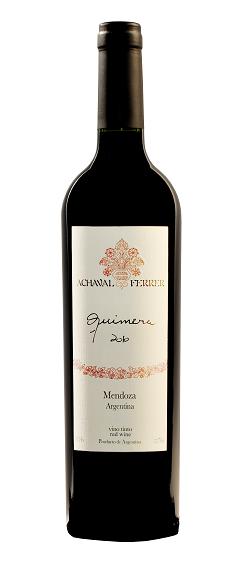 Many wine making regions produce Bordeaux inspired blends and the results vary greatly. In my mind the downfall often comes when trying to mimic the great wines of Bordeaux to the point of not focusing on what does best in the region in question. Argentina of course is best known for Malbec which thrives there in a variety of styles. The latest release from Bodega Achaval-Ferrer is a Bordeaux inspired blend and it’s also a wine with a relatively large percentage of Malbec in it. So here’s a release where Bordeaux inspiration and local rock-star grape meet. Here are my thoughts on the results.
The Achaval-Ferrer 2010 Quimera was produced from fruit sourced in three appellations: Lujan de Cuyo, Medrano, and Tupungato. This offering is a blend of Malbec (31%), Merlot (20%), Cabernet Sauvignon (27%), Cabernet Franc (18%) and Petit Verdot (4%). Each varietal underwent primary fermentation separately in small tanks; Malolactic fermentation followed after the wine was blended. Barrel aging took place over 12 months in entirely French oak; 40% of the barrels utilized were new and the balance had been used once prior. Just more than 3,000 cases of this wine were produced and it has a suggested retail price of $56.
Many wine making regions produce Bordeaux inspired blends and the results vary greatly. In my mind the downfall often comes when trying to mimic the great wines of Bordeaux to the point of not focusing on what does best in the region in question. Argentina of course is best known for Malbec which thrives there in a variety of styles. The latest release from Bodega Achaval-Ferrer is a Bordeaux inspired blend and it’s also a wine with a relatively large percentage of Malbec in it. So here’s a release where Bordeaux inspiration and local rock-star grape meet. Here are my thoughts on the results.
The Achaval-Ferrer 2010 Quimera was produced from fruit sourced in three appellations: Lujan de Cuyo, Medrano, and Tupungato. This offering is a blend of Malbec (31%), Merlot (20%), Cabernet Sauvignon (27%), Cabernet Franc (18%) and Petit Verdot (4%). Each varietal underwent primary fermentation separately in small tanks; Malolactic fermentation followed after the wine was blended. Barrel aging took place over 12 months in entirely French oak; 40% of the barrels utilized were new and the balance had been used once prior. Just more than 3,000 cases of this wine were produced and it has a suggested retail price of $56.
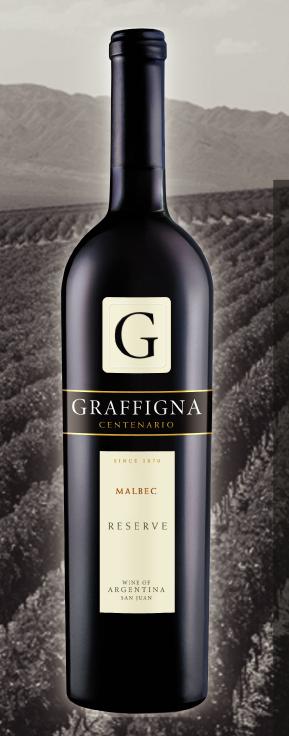 Today is Malbec World Day so I thought tasting through some Malbecs and finding a couple to recommend was the thing to do. Malbec is planted in a number of different regions in the world but the examples coming from Argentina are the best known to most wine lovers. In many other countries it’s more often used as a blending component with Bordeaux style blends. That said varietal Malbecs in small quantities come from other areas like Chile as well.
The Trivento 2011 Amando Sur Malbec was produced from a blend of Malbec (78%), Bonarda (12%) and Syrah (10%). All of the fruit was sourced in the Mendoza region of Argentina in the foothills of the Andes Mountains. This widely available wine has a suggested retail price of $15. Wild strawberry, violets, and red raspberry aromas fill the nose of this Malbec. Red plums, raspberries and cherry are all in stromng evidence along with white pepper, cardamom and a hint of vanilla through the palate. The is a well-balanced Malbec that offer plenty of up front fruit but also backs it up with an even keeled palate of substance and a nice finish that shows off sour cherry and hints of blueberry as well as black tea, pepper notes and good persistence. This Malbec works on its own but really excels with food. Grilled meats and strong cheeses are particularly reccomended.
Today is Malbec World Day so I thought tasting through some Malbecs and finding a couple to recommend was the thing to do. Malbec is planted in a number of different regions in the world but the examples coming from Argentina are the best known to most wine lovers. In many other countries it’s more often used as a blending component with Bordeaux style blends. That said varietal Malbecs in small quantities come from other areas like Chile as well.
The Trivento 2011 Amando Sur Malbec was produced from a blend of Malbec (78%), Bonarda (12%) and Syrah (10%). All of the fruit was sourced in the Mendoza region of Argentina in the foothills of the Andes Mountains. This widely available wine has a suggested retail price of $15. Wild strawberry, violets, and red raspberry aromas fill the nose of this Malbec. Red plums, raspberries and cherry are all in stromng evidence along with white pepper, cardamom and a hint of vanilla through the palate. The is a well-balanced Malbec that offer plenty of up front fruit but also backs it up with an even keeled palate of substance and a nice finish that shows off sour cherry and hints of blueberry as well as black tea, pepper notes and good persistence. This Malbec works on its own but really excels with food. Grilled meats and strong cheeses are particularly reccomended.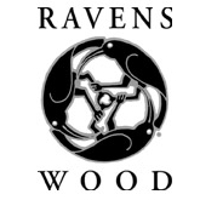
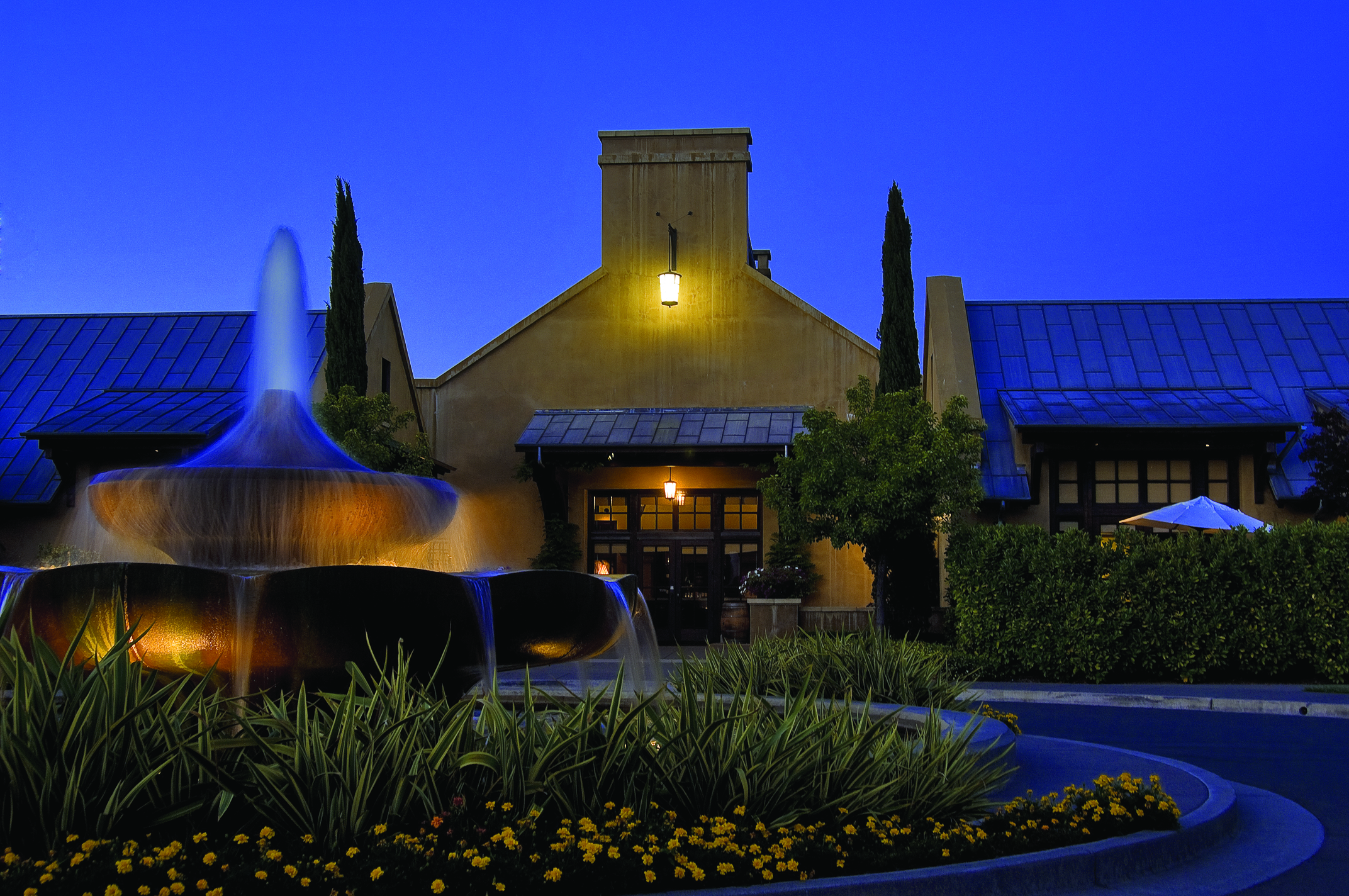 Last week
Last week 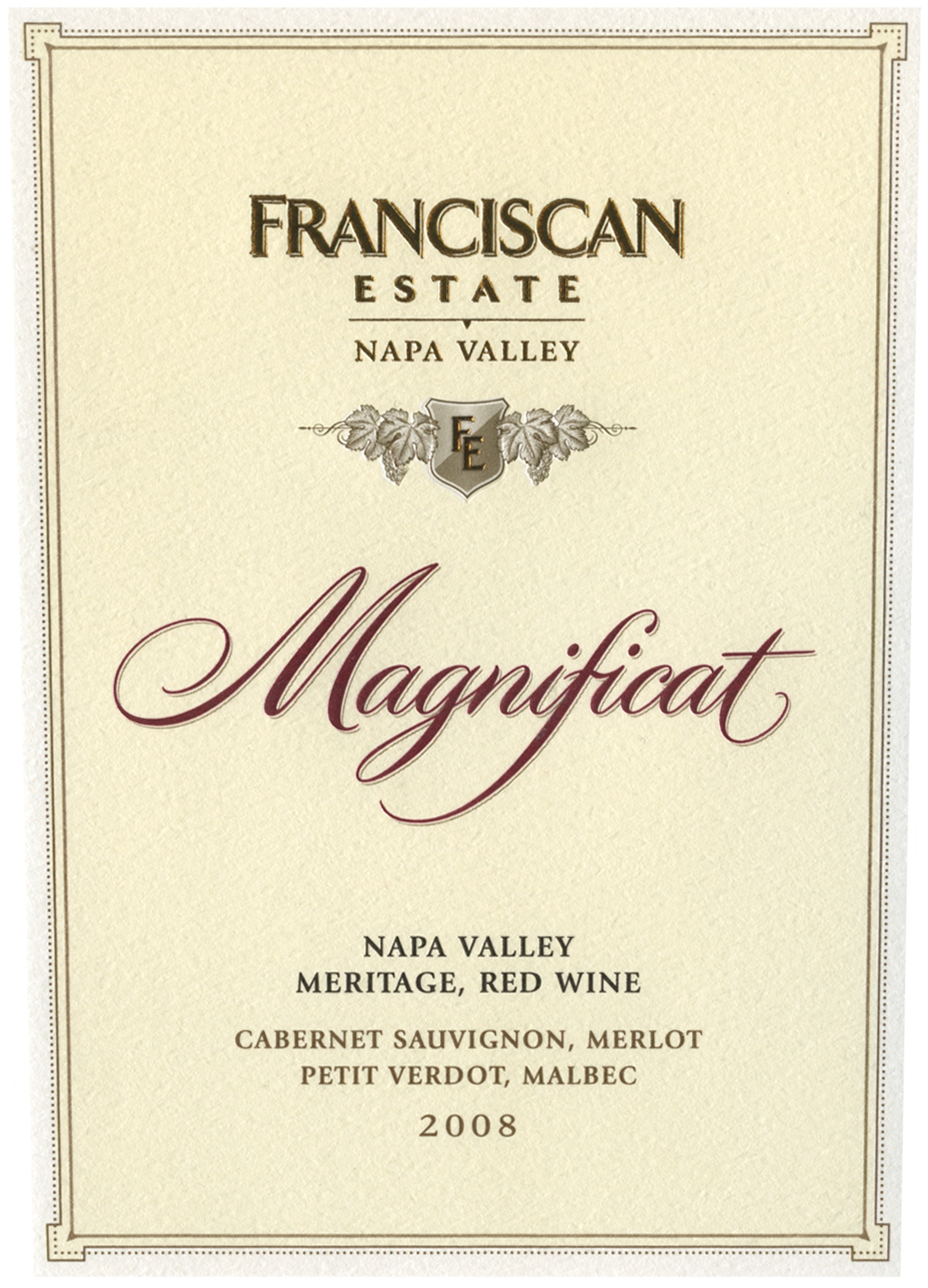 I’ve personally been drinking wines from Napa Valley’s
I’ve personally been drinking wines from Napa Valley’s  The Rodney Strong Vineyards 2011 Charlotte’s Home Sauvignon Blanc was produced from fruit sourced in Alexander Valley and Russian River Valley. 90% was fermented in temperature controlled stainless steel at low temperatures; the balance in French oak. This widely available wine has a suggested retail price of $15 but can most often be found selling for closer to $11. Lemon ice, white pepper and mineral aromas fill the excitable nose of this 2011 Sauvignon Blanc. Citrus characteristics dominate the palate along with bits of orchard fruit and a gentle hint of pineapple as well. The finish is clean and crisp with mineral and spice notes reverberating well after the last sip has been swallowed. Year after year this wine delivers awesome flavor for a very small price. This is a terrific Sauvignon Blanc for the money and one you can bank on one vintage after another.
The Rodney Strong Vineyards 2011 Charlotte’s Home Sauvignon Blanc was produced from fruit sourced in Alexander Valley and Russian River Valley. 90% was fermented in temperature controlled stainless steel at low temperatures; the balance in French oak. This widely available wine has a suggested retail price of $15 but can most often be found selling for closer to $11. Lemon ice, white pepper and mineral aromas fill the excitable nose of this 2011 Sauvignon Blanc. Citrus characteristics dominate the palate along with bits of orchard fruit and a gentle hint of pineapple as well. The finish is clean and crisp with mineral and spice notes reverberating well after the last sip has been swallowed. Year after year this wine delivers awesome flavor for a very small price. This is a terrific Sauvignon Blanc for the money and one you can bank on one vintage after another.
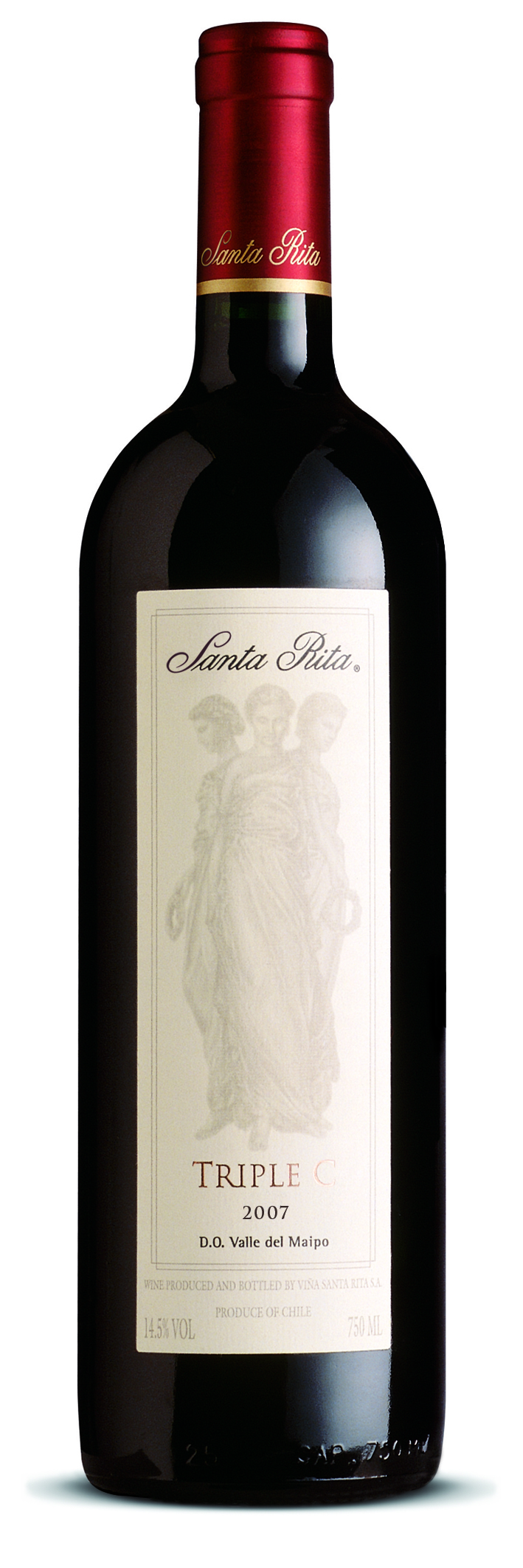 Santa Rita 2009 Medalla Real Cabernet Sauvignon D.O. Maipo Valley: This wine is predominately Cabernet Sauvignon (95%) with a touch of Cabernet Franc (5%) blended in. The vines utilized have 15 years of age on them. Barrel aging occurred over 14 months in a combination of 1st, 2nd and 3rd use oak. The Medalla Real range of wines has a suggested retail price of $19.99. This wine has a classic Cabernet Sauvignon nose of red and black berries laced with hints of toast and wisps of vanilla bean. Boatloads of cherry flavors dominate the palate and lead to pomegranate characteristics on the finish along with earth and black pepper. This is a remarkable Cabernet Sauvignon for under $20. A Cabernet of this quality, depth and persistence from Napa Valley to use one point of comparison would easily fetch $35-$40.
Santa Rita 2009 Medalla Real Cabernet Sauvignon D.O. Maipo Valley: This wine is predominately Cabernet Sauvignon (95%) with a touch of Cabernet Franc (5%) blended in. The vines utilized have 15 years of age on them. Barrel aging occurred over 14 months in a combination of 1st, 2nd and 3rd use oak. The Medalla Real range of wines has a suggested retail price of $19.99. This wine has a classic Cabernet Sauvignon nose of red and black berries laced with hints of toast and wisps of vanilla bean. Boatloads of cherry flavors dominate the palate and lead to pomegranate characteristics on the finish along with earth and black pepper. This is a remarkable Cabernet Sauvignon for under $20. A Cabernet of this quality, depth and persistence from Napa Valley to use one point of comparison would easily fetch $35-$40.